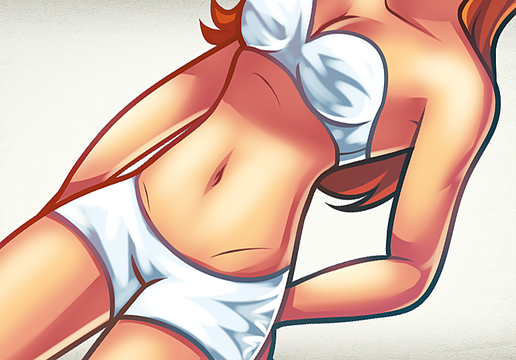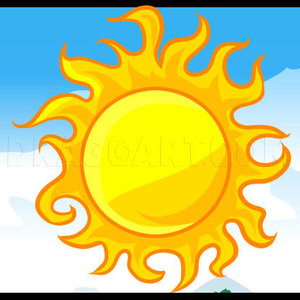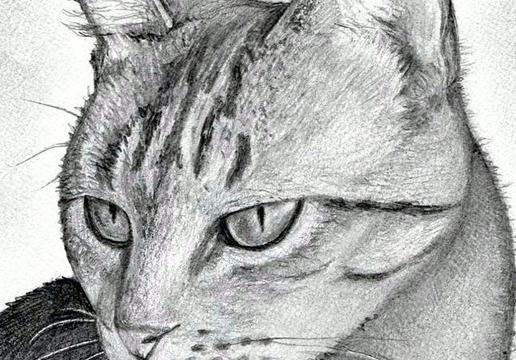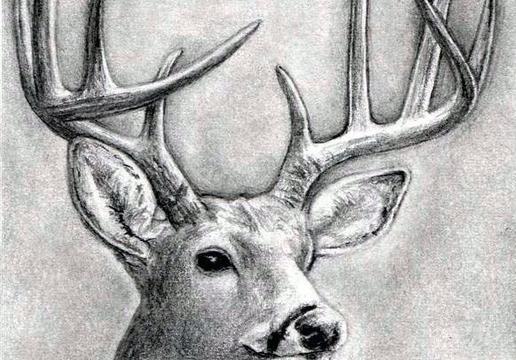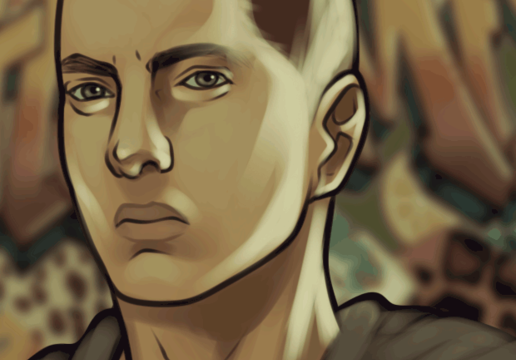How to Draw a Moon
1
Obviously start by drawing a big round circle. This shape should be as big as you want your moon to be.
2
You will now sketch out, or shade in the dark patches that is scattered more to the left side of the moons surface. Remember when I said that the dark areas of the moon are frozen over lava from erupted volcanoes? Well, that is what you will be sketc
3
Continue to shade out the dark patches that seem to outline the dark areas you just drew in step two. AS you can see the color get lighter and lighter as you move away from the center of the moons surface. The lighter areas are being lite by the sun.
4
Color in the remaining parts with a lighter color, and then you are all set. There is no lines or shapes to erase because you shaded in all the areas instead of drawing them in. This technique was done to show the contrast of texture on the moon.
Comments 0
Details
March 29, 2010
Description: The moon has been explored and studied probably more then any other planet in the universe besides earth and the sun. You would think that the stars shine brighter then the moon right? Wrong, the fact is, this planet is is by far the brightest object shining in the night skies. And the awesome thing is, it omits no light of it's own. Instead, your eyes are seeing the reflection of the suns light that is bouncing off of the moon. Did you know that the solar system and the moon is about four and half billion years old? That is pretty old. I guess we humans, animals, trees, and plants, are part of this ageing world as we know it. Another fun fact about the moon is that it literally has less mass than the earth. Having said that, this means if you where to stand on the planet, you would feel like your weight has dropped about five sixths it's weight. This is all due to the moons lack of gravitational force. If you where to look at a picture of the moon, all the lite areas of the surface are rugged highlands, and the dark blotches everywhere are areas that have been flooded with lava when volcano erupted billions of years ago. Yes, I said volcanoes. At one time, moon had volcanoes scattered on it's surface. Once erupted, the lava froze over into a smooth rock, and hence that is what we see when looking at the moons image. When did the first astronaut land on the moon? Think about it for a minute and I will come back to that question. But first, in 1959, scientist started the researching process and went as far as sending in robot spacecrafts. Soon after the Soviet Union sent Luna 3. It was Luna 3 that took the first photos of the side of it's surface. Have you guessed the answer yet to the question I asked a moment ago? It was July 20, 1969 when Apollo 11 landed on the moon, and it was astronaut Neil A. Armstrong who became the first human to set his foot on moons surface. Pretty incredible huh? There is so much more to tell about the planet that lights our night skies, and is a symbol to the howling wolf. I do hope you guys enjoy learning “how to draw moon, step by step. There really isn't anything to it at all, all you really have to do is draw a circle, and shade in the surface. I will be back tomorrow with some more drawing fun. Peace out peeps.

